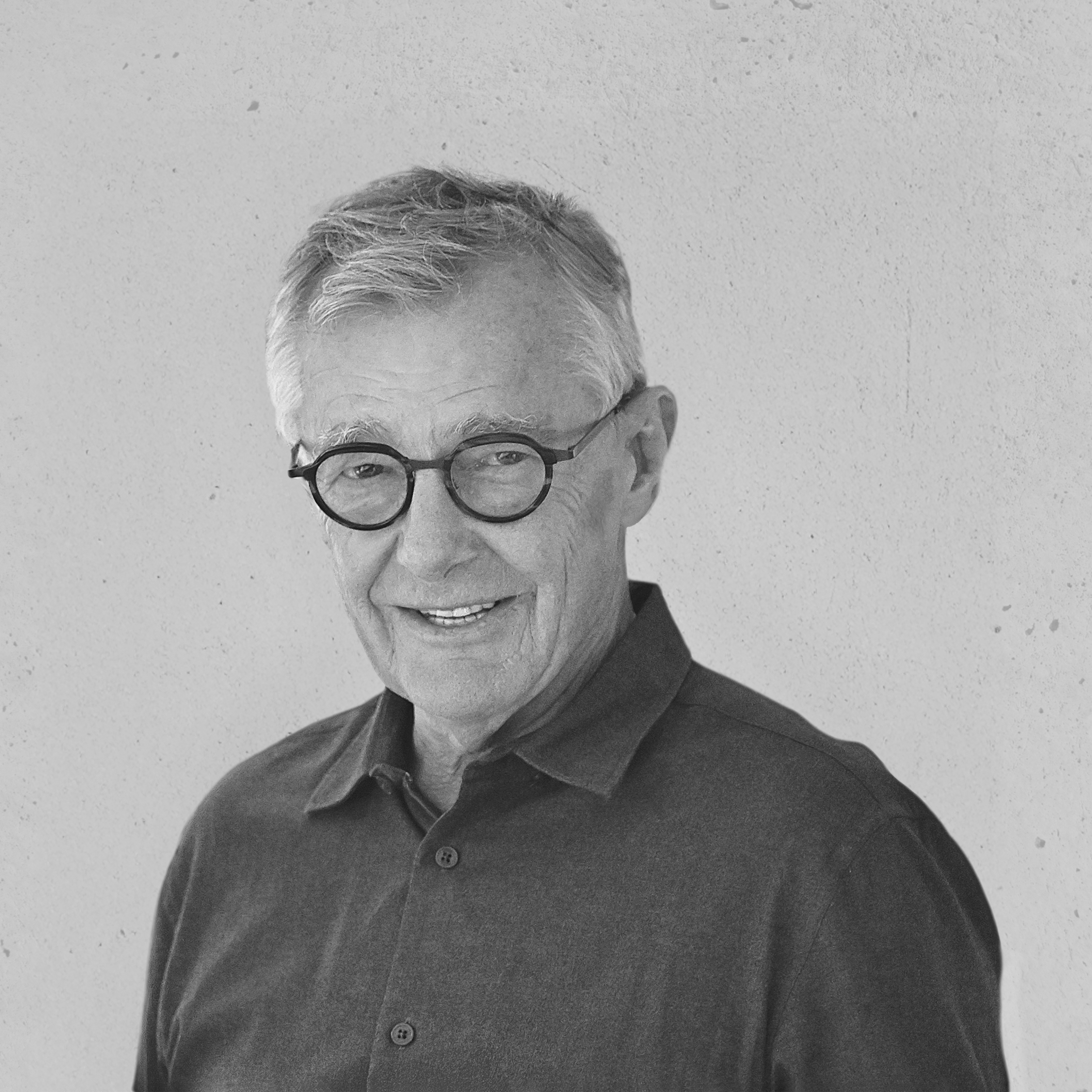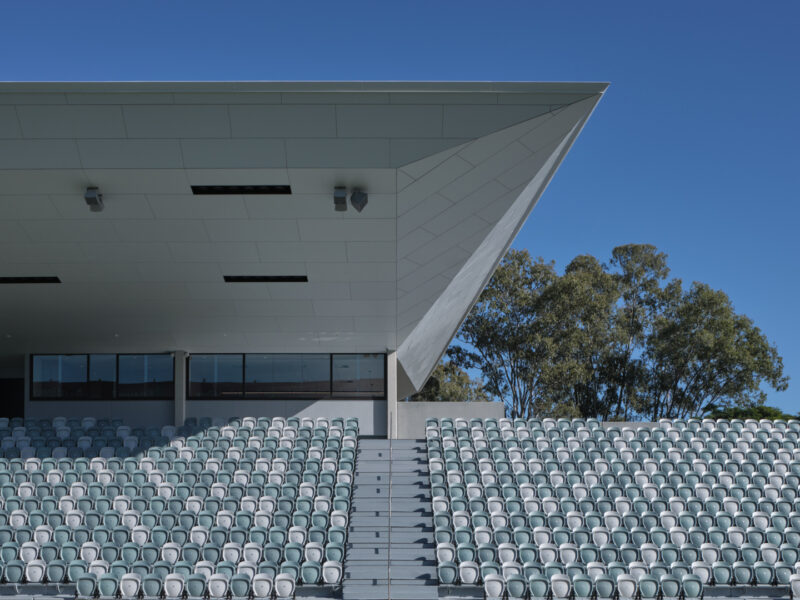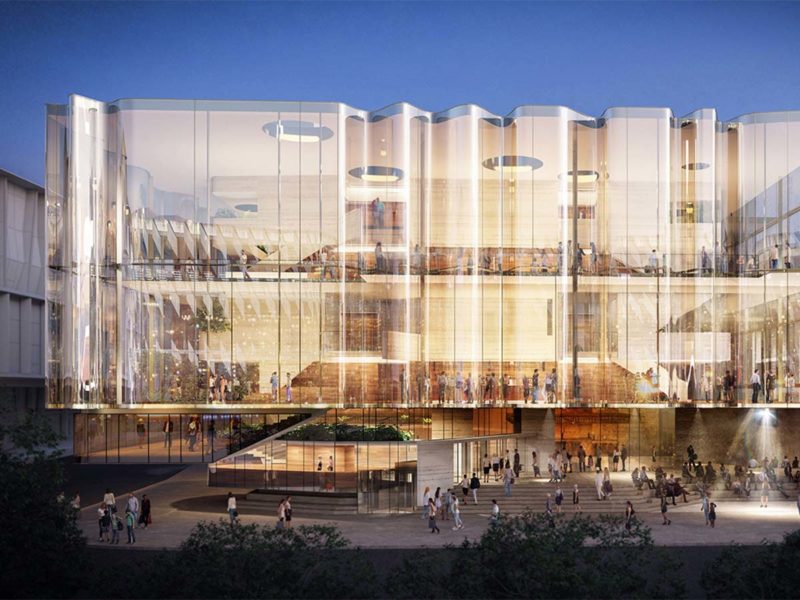Michael Rayner AM
BArch(Hons1) (UNSW), LFRAIA, FTSE, RIBA, BOAQ, NSWARB
Director
Michael Rayner graduated with First Class Honours from the University of New South Wales in 1980 and was awarded the Building Science Forum of Australia’s National Thesis Medal.
He worked over the next decade in the Sydney office of Philip Cox, Richardson, Taylor and Partners, becoming a director in 1983. He made significant design contributions to the Australian National Maritime Museum, Sydney Exhibition Centre, Sydney Football Stadium, Milton Park in Bowral and Barker College, Hornsby. He was awarded two major scholarships by the Australian Institute of Architects – the Byera Hadley Travelling Scholarship (world waterfront renewal) and the ACI Sisalation Scholarship (modernist art and architecture).
Michael opened the Cox practice’s Melbourne office with Philip Cox in 1986 where he worked on the National Tennis Centre (Rod Laver Arena). He relocated to Brisbane in 1990, opening the Brisbane office Cox Rayner Architects. He wrote the Development Control Plan for Point Lookout on Stradbroke Island, and then designed the Brisbane Convention and Exhibition Centre with Philip Cox. Over the next 20 years, he led the designs of many world and national award-winning projects such as the Helix Pedestrian Bridge in Singapore and Kurilpa Pedestrian Bridge in Brisbane, the Brisbane Magistrates Court, the Ian O’Connor Health Building and Sir Samuel Griffith Centre at Griffith University, the revitalisation of Griffith University’s Nathan Campus, and several major award-winning projects in regional Queensland such as Thuringowa Riverway and Flinders Street Revitalisation in Townsville. Michael contributed significantly to the design of many other high profile projects such as the National Maritime Museum of China, the Brisbane City Centre CityCat Terminals, Cairns Convention Centre, One One One Eagle Street office tower in Brisbane, and the Ipswich Justice Precinct and Courthouse.
Michael led Cox Rayner’s planning team, generating the first Brisbane City Centre Master Plan in 1996, the Newstead Teneriffe Urban Renewal Plan, the Queensland Cultural Centre Millennium Arts Master Plan, the international competition-winning Singapore Marina Bay Master Plan and Singapore Management University Master Plan, and the master plans for Griffith University’s Nathan, Logan and Gold Coast campuses. In 2007, he created the Queensland Government’s Smart Cities: Rethinking The City Centre strategy which originated the notion of pedestrian and cycle bridges in Brisbane, and defined Brisbane’s ‘Knowledge Corridor’ now adopted by Brisbane City Council and the Queensland Government.
Michael has been President of the Australian Institute of Architects Queensland (2000-02), a member of the Premier’s Smart State Council (2006-12), the Premier’s Business Roundtable (2008-12), and the Queensland Design Council (2010-12). He was the joint Creative Director of the Australian Institute of Architect’s National Conference in 2012 and was its State Awards Director for that year. In 2014, having led Cox Rayner’s winning of 7 World Architecture Festival Awards, he was appointed to its Super Jury. In 2010, Michael won the architecture category of the London Creative Design Competition.
Michael departed from Cox Rayner in 2016, forming the new practice Blight Rayner Architecture with fellow director Jayson Blight, with the purpose to run a practice of a size where both directors are hands-on designers. He worked with Jayson Blight on the competition-winning design for the The Glasshouse Theatre at QPAC in South Bank, and was project leader of the National Rugby Training Centre at Ballymore. He has led the Reference Design for two major 2032 Olympic and Paralympic Games Venues, and the Peer Reviews for both the major Games Stadium and Brisbane Arena.
Michael is a member of Brisbane City Council’s Urban Futures Board and the Queensland Government’s Urban Design and Places Panel. He is an Adjunct Professor at The University of Queensland and Griffith University. He is a founding Board Member of the Property Industry Foundation in Queensland which creates housing for homeless youth and victims of domestic violence. In 2024, he was awarded the Property Council Australia’s Queensland Impact Industry Award, and the Property Industry Foundation Outstanding Achievement Award. In 2025 he was awarded the Architecture and Design Award at the national Urban Developer Awards.
In 2025, Michael was awarded the Brisbane City Council Lord Mayor’s Business Leaders Lifetime Achievement Award.
Michael is a well-known thought leader in Brisbane delivering keynote speeches internationally and in Australia, two most recently being for the Australian Embassy in Beijing entitled Australia: Living on the Edge, and in Brisbane, the Planning Institute of Australia Keeble Lecture on creating a continuous green corridor from Bowen Hills to the Botanic Gardens, with Mayne Rail Yards in Bowen Hills becoming a second city centre based upon zero carbon sustainability principles.
Michael was appointed a Member of the Order of Australia in 2011 for his services to architecture, particularly through leadership roles in the planning and design of the built environment, and to the community of Queensland. He was appointed a Fellow of the Australian Academy of Technological Sciences and Engineering in 2012.
He is married to Kylie who works with palliative care patients in Brisbane, and they have two sons Hugh, a software designer and Lachlan, a biomechanical engineer.





